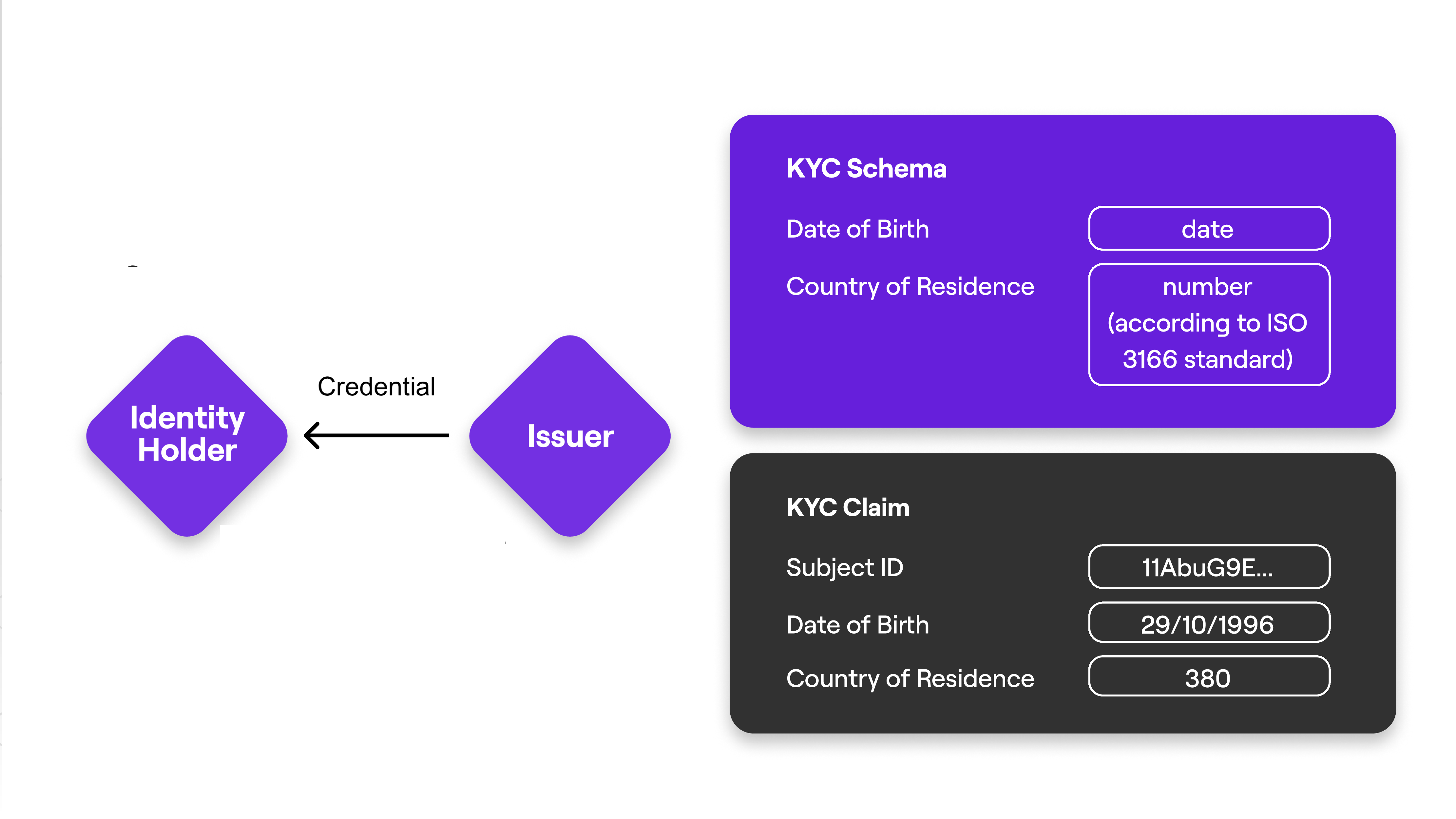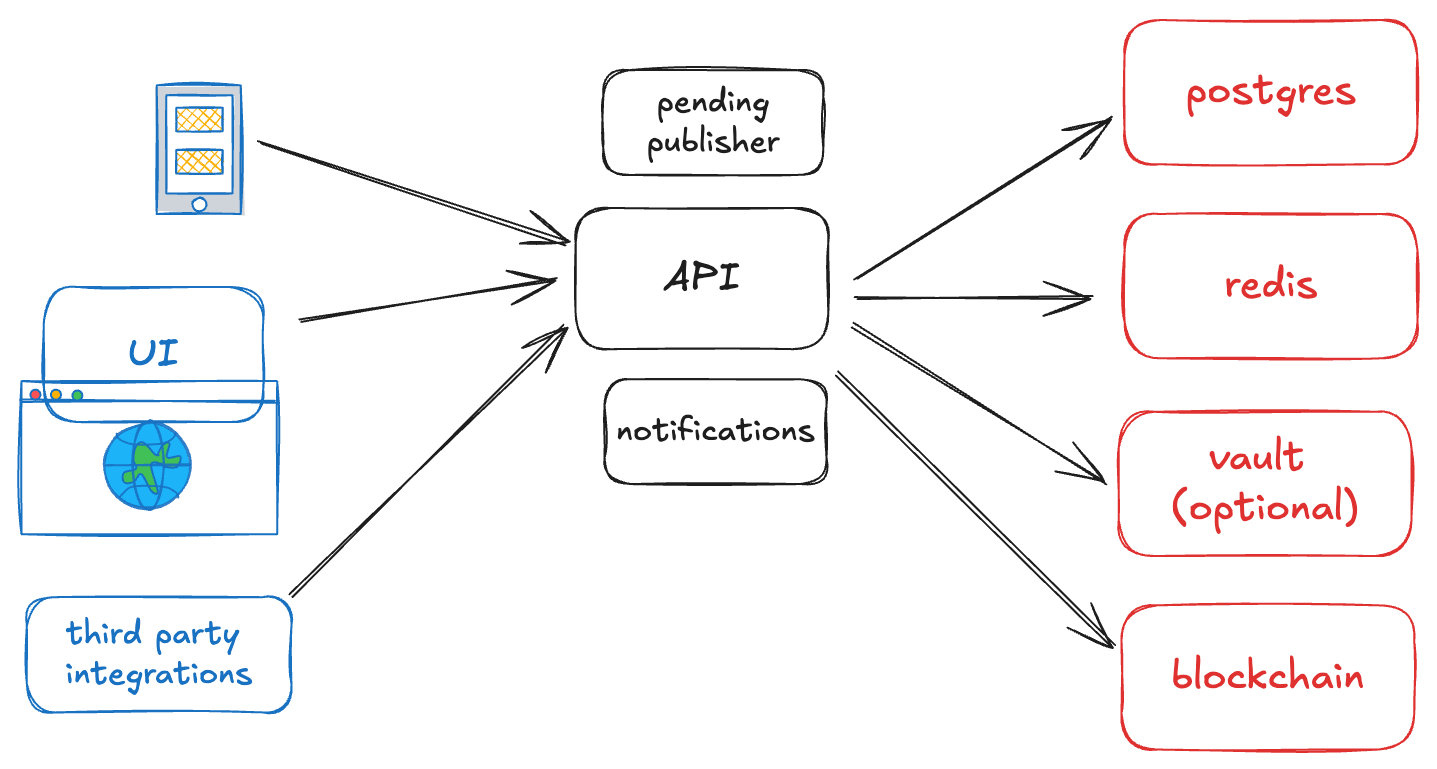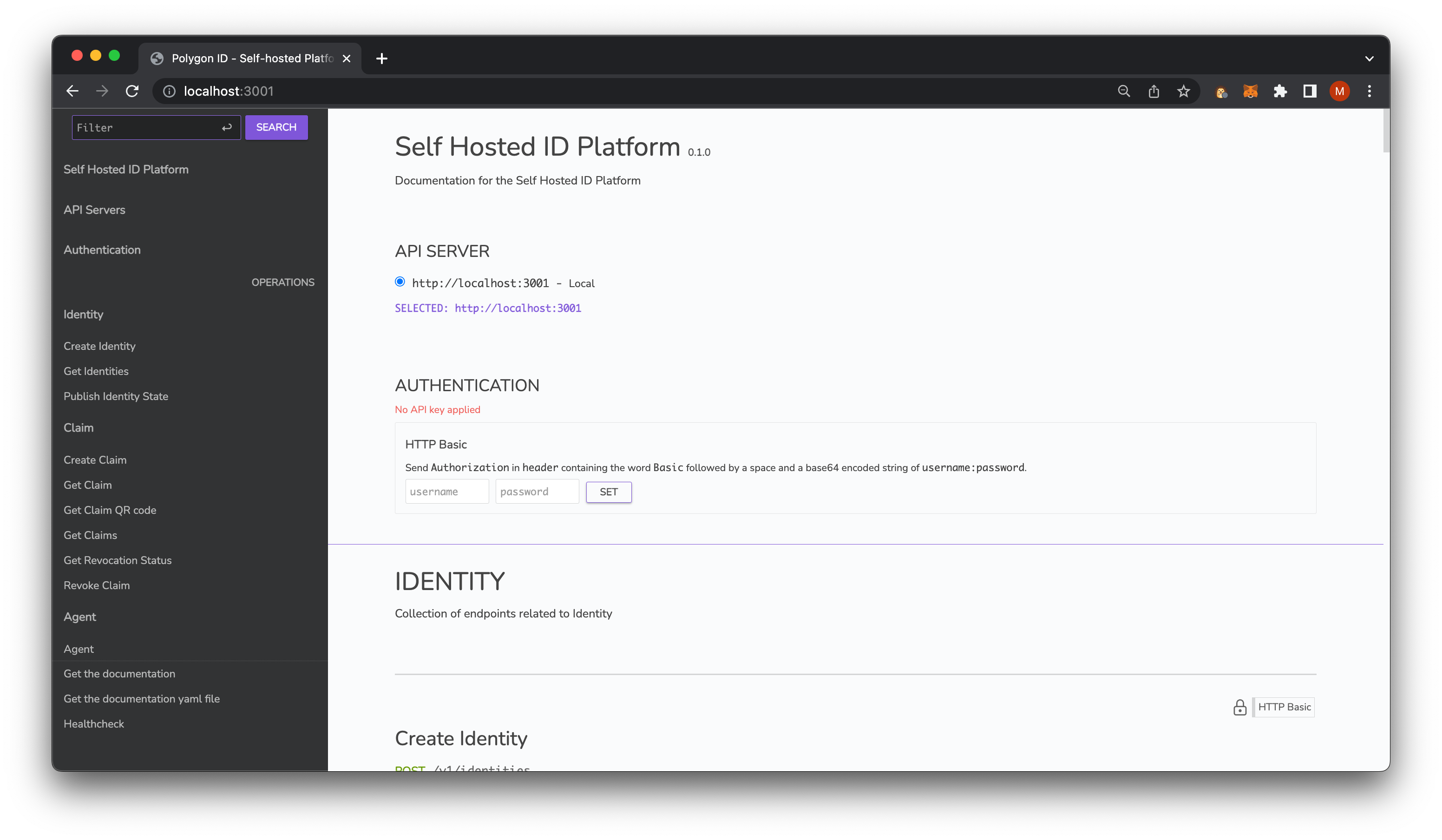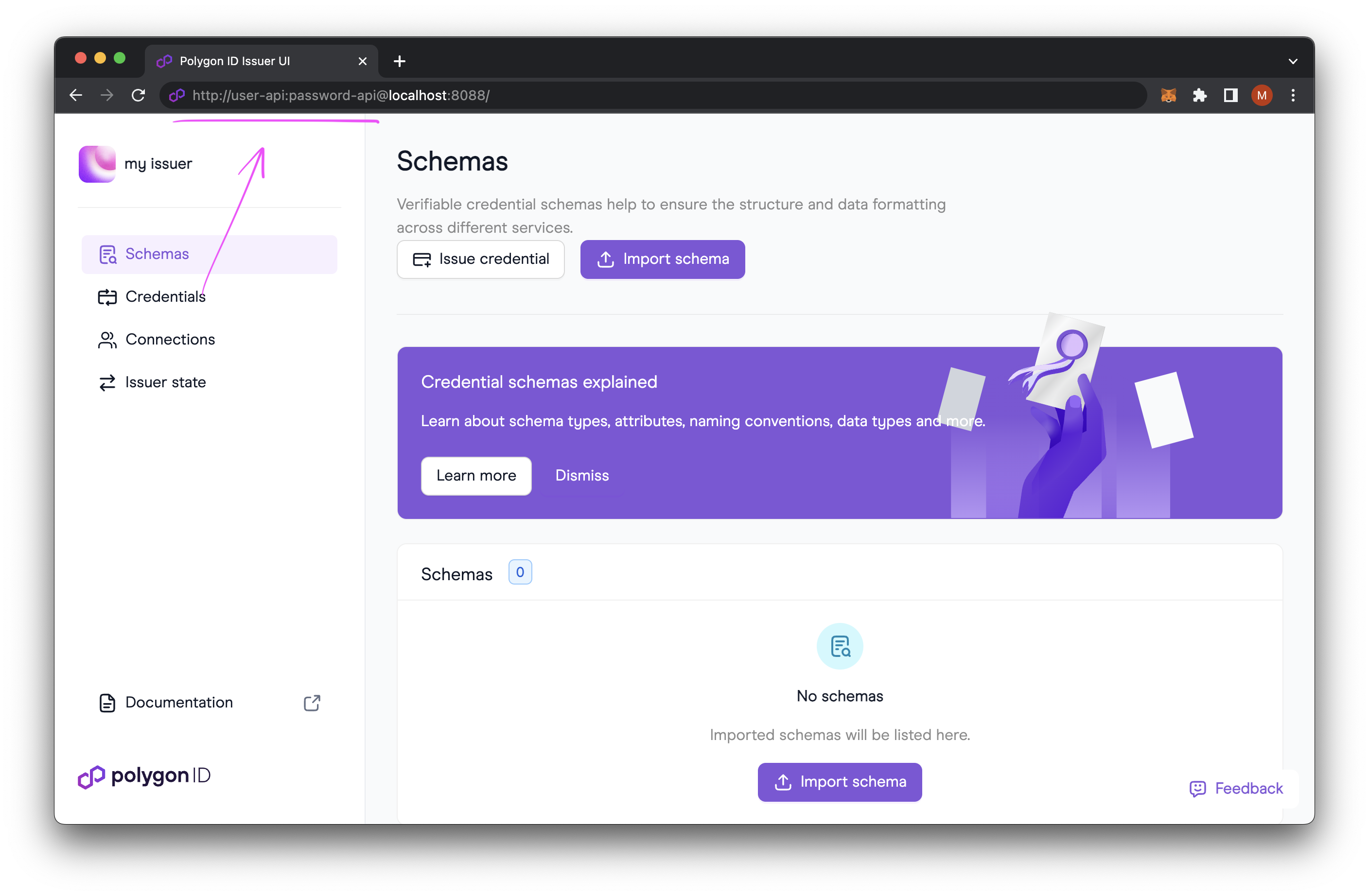Issuer Overview
An Issuer is any subject that issues Verifiable Credentials. You can think of a credential as a statement: something an Issuer says about another subject. For example, when a university (Issuer) claims that a student (subject) has a degree, this is a credential.
An issuer might be:
- A DAO that issues “membership claims" to its members.
- A Government institution that issues Identity documents to its citizens.
- A Face detection Machine Learning application that issues "proof of personhood" claims.
- An employer that endorses its employees.
Verifiable Credentials are a flexible data format able to express any type of information so that developers can unleash their creativity.
Operating an issuer
There are some different ways one can perform issuer-related actions, that is, manage and issue credentials, establish connections with holders etc. These are the currently available options:
- Running an Issuer Node directly in your infrastructure.
Adapting the JS SDK to your application that issues credentials.
Using SaaS vendors that leverage Privado ID solutions.
Making use of Privado ID smart contracts for on-chain issuance.
Issuer Nodes
To operate, an Issuer must run an Issuer Node, which is a self-hosted Node that exposes all the functionalities necessary to run an issuer.

There are basically two ways the Issuer Node can be operated:
- Issuer Node API
- Issuer Node UI

Issuer Node API
The Issuer Node API is designed for developers and integrators looking to build custom solutions leveraging Privado ID's functionalities. It is ideal for those who might be interested in having access to low-level information** such as Merkle Trees.

Issuer Node UI
The Issuer Node UI provides the full experience of having an Issuer Node with all its capabilities in a easy-to-use interface for handling essential functions such as issuing and revoking credentials, publishing states, managing schemas, connections and identities. Powered by the Issuer Node API, it offers full control of these features without requiring direct API use.
